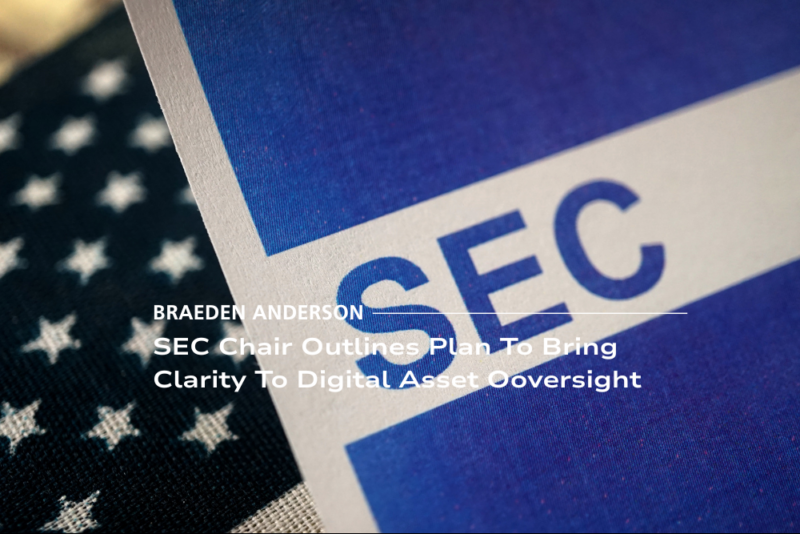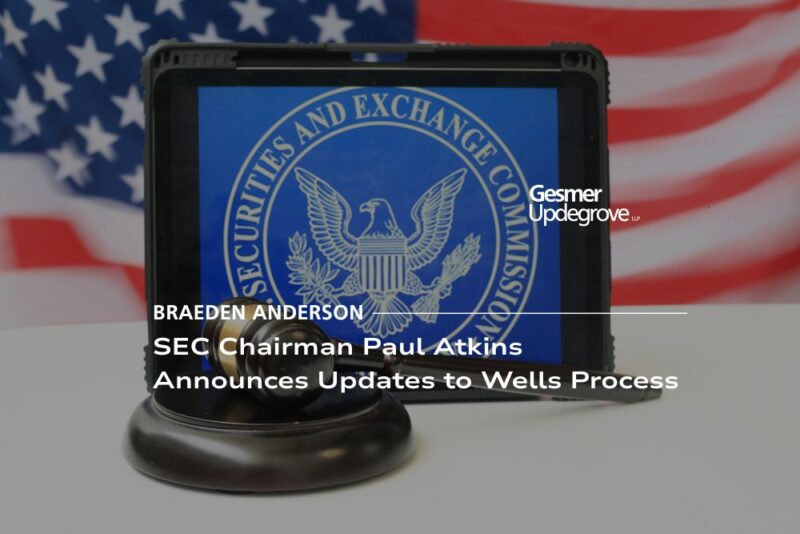By Todd Gerety
In 2013, the United States converted from a “first to invent” patent system to a “first to file” patent system. Under the “first to file” system, if two inventors filed separate patent applications on the same invention, the inventor who filed first would receive the patent. This is true even if the inventor who filed later was first to conceive the invention. Although the “first-to-file” system seems to encourage a “file early, file often” approach, there are a number of factors to consider when deciding when to file a patent application in the U.S. and elsewhere.
Is the invention “ready for patenting”?
A working example or prototype of the invention is not required to obtain a patent. However, patent applications (including U.S. provisional applications) must describe an invention in a way that enables a person skilled in the art to make and use the invention without undue experimentation. Accordingly, an invention may not be ready for patenting when the inventor only has a general idea of the invention and has yet to determine the structure and/or processes to implement it. In such instances, delaying the filing of a patent application may be an appropriate course of action until the implementation details of the invention can be developed further.
The establishment of a patent committee may be useful for identifying inventions of value to a company and for deciding when such inventions are “ready for patenting” based on their respective stages of development.
Contact Todd Gerety here, for more information about patents:
Is there an impending sale, offer for sale, public use, or public disclosure of the invention?
Although a patent application may be filed at any time on an invention that is ready for patenting, it is highly recommended that a patent application be filed before the first sale, offer for sale, public use, or public disclosure of the invention. Typical examples of public disclosure may include an inventor publishing an article, presenting at a trade show, or giving a public demonstration. By not filing before such events, the right to file a patent application outside the U.S. is forfeited in most countries. Even if foreign patent protection is not desired, filing a patent application that predates the event may reduce the need for accurate record-keeping if a patent application is filed in the U.S. during the one-year grace period after the event (discussed below).
If a first sale, offer for sale, public use, or public disclosure of an invention is imminent, a provisional application can be filed relatively quickly with the U.S. Patent and Trademark Office (USPTO) to predate such event. Provisional applications are not examined for patentability. However, a non-provisional application filed in the U.S. may claim the benefit of an earlier filed provisional application to prevent such sale, use, or disclosure from barring patentability of the invention. International and direct foreign applications may also claim the benefit of a provisional filing date.
As noted above, a provisional application must sufficiently disclose the invention in a way that enables a person skilled in the art to make and use the invention without undue experimentation. A business plan, pitch deck, or other brief presentation of a company’s technology is generally not a sufficient disclosure to permit a later filed application from claiming the benefit of the provisional filing date.
Conversely, if there is sufficient lead time before a planned first sale, offer, public use, or disclosure, one may decide to prepare and file a non-provisional application for immediate examination. By establishing a patent committee that includes members of different groups (e.g., Engineering, Product Management, Marketing, and/or Sales), unexpected sales and public uses or disclosures can be minimized such that filing of patent applications can be planned in advance.
Has the patent application already been sold, offered for sale, publicly used, or disclosed?
As noted above, the right to file a patent application outside the U.S. is generally forfeited in most countries after a first sale, offer for sale, public use, or public disclosure of an invention. In the U.S., however, one may still file a patent application within a one-year grace period after such an event. After expiration of the grace period, the right to file a U.S. patent application on the invention is also forfeited. Only improvements to the invention may be the subject of a later-filed patent application.
Is the development of the patent application ongoing?
Although an invention may be ready for patenting, it may not be advisable to file a non-provisional application for immediate examination. For example, where further development of an invention is ongoing, it may be desirable to file an initial provisional application on the invention and subsequent provisional applications directed to improvements made to the invention during the next twelve (12) months. At the end of the twelve-month period, a non-provisional, international, and/or any foreign application can be filed that combines the disclosures of the prior-filed provisional applications.
This provisional filing strategy enables improvements made during the ongoing development of an invention to be captured and included in a patent application that is ultimately filed at the end of the twelve-month period. This provisional filing strategy also facilitates primary claim strategies intended to cover the invention disclosed in the initial provisional application as well as secondary claim strategies intended to cover improvements to the invention disclosed in the later filed provisional application. From a cost perspective, the cost to file multiple provisional applications is significantly less than the cost to file separate non-provisional applications on the invention and each improvement.
Summary
Like most of the countries throughout the world, the United States has a “first to file” patent system. Although the “first-to-file” system may seem to encourage a “file early, file often” approach, there are a number of factors to consider when deciding when to file a patent application in the U.S. and elsewhere. The foregoing article discusses some of these factors and also suggests a multi-provisional filing strategy for capturing inventions and any improvements that may ultimately be filed in a patent application in the U.S. and elsewhere.
Check out some of our latest publications.
- SEC CHAIR OUTLINES PLAN TO BRING CLARITY TO DIGITAL ASSET OVERSIGHT

- CRYPTO TAX: YEAR-IN-REVIEW

- SEC Chairman Paul Atkins Announces Updates to Wells Process

- SEC Policy Update: Coordinated Review of Settlements and Waivers Restored

- SEC Provides Key Update on Treasury Clearing Rule Implementation

- Coordinated Clarity: SEC and CFTC Issue Joint Statement on Spot Crypto Asset Trading

